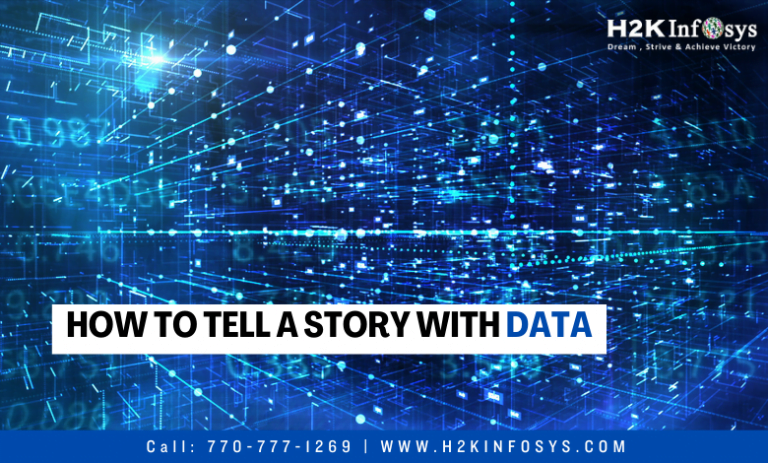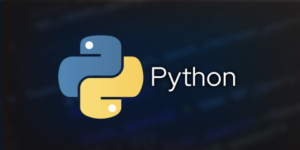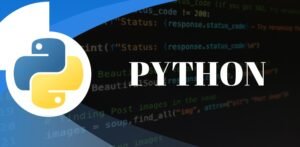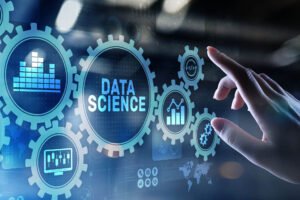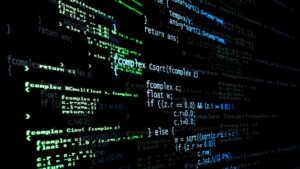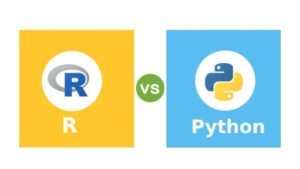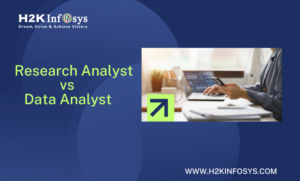The term “data storytelling” has been misused and misunderstood, noting three common misconceptions about data storytelling.
- Visualisations are synonymous with data storytelling.
- Dashboards narrate data stories.
- Text on visualisations creates a narrative (in the form of commentary and annotations).
Annotations, dashboards, and visualisations are all valuable components of a compelling data presentation, but they are not data stories in themselves. These are parts of a much longer story.
The standard processes for creating an engaging data story are listed below. Check out the Data science online course to learn more.
Step 1: Get to Know Your Audience
Although there isn’t a one narrative format that works for every captivating data story, data scientists generally agree that knowing your audience is the first step in using data and analytics to tell a story. What drives them? Which issues are they trying to resolve? Which of your observations will grab their attention and speak to them the most?
From there, a skilled data storyteller will exploit this issue—or, to put it another way, this conflict—to grab the attention of their audience. A data tale needs to grab the audience’s attention, just like any other story, whether it’s being presented for amusement, context, connection, or retention.
A key component of data storytelling is audience awareness. This greatly simplifies the task since you can determine what worries your audience or what motivates them, you can identify which story from the data you should be telling.
Step 2: Determine Your Data Key Message
Whether your data project’s goal is to boost sales, affect policies, or bring about organisational change, your data story needs a core message – a concise conclusion that will motivate your audience to take action.
A strong data story develops an idea and “helps [the audience] see something they can’t unsee,” according to CEO and Chief Storyteller Karen Eber in her TEDx Talk, “Why storytelling is more trustworthy than presenting data.”
This notion serves as both the story’s main theme and message.
Eber gave the story of a college counsellor who discovered that a significant portion of the college’s autistic students were not graduating as an example. The adviser focused her presentation of her results to university leaders around a student with autism named Michelle.
Before revealing the information to her audience, she wove a thorough and poignant story of Michelle’s early struggles, the changes she and her advisor had made to her education, and her eventual success. The advisor made sure that the narrative’s tone and the data she offered backed up her main point, which was that the institution needed to alter how it assisted its autistic students.
Competent data storytellers are aware of their main point and reinforce it often throughout the story.
Step 3: Select Your Data to Address the Needs of Your Audience
It’s crucial to provide your audience with only the most pertinent information.
The more mental energy audience members expend on unimportant details, the less likely it is that they will concentrate on your main point.
One important data science skill is being able to extract these significant insights. This is choosing insights that will resonate with your audience rather than just cherry-picking data to support your audience’s theories.
Analytical and critical thinking abilities are also beneficial because they enable you to extract the pertinent insights from the data to support your narrative, as opposed to merely discussing the data and boring your audience with details that may not be pertinent to them
Step 4: Develop Your Data Visualisations
Depending on whether they are speaking to a non-technical audience or other data scientists, a data storyteller will select different insights to share. However, once they have decided on the narrative framework and other considerations, they can produce visualisations that bolster each of these insights.
Ashley Fell is a social researcher, TEDx speaker, and the head of communications at McCrindle. She claims that pictures are processed by our brains 60,000 times quicker than text. Just looking at this number indicates how much of an impact well-designed visuals have on a data story.
However, not every visual aid will have the desired effect. Effective data storytellers use their graphics with purpose.
In her work, Knaflic addresses six essential truths about data visualisation:
- Understand the context.
- Select a fitting visual display.
- Get rid of clutter.
- Concentrate attention in the desired area.
- Adopt a designer’s mindset.
- Tell a Story.
In the last session, “Tell a Story,” Knaflic demonstrates how visualisations may lead an audience through a data story using a sample of product pricing recommendations.
“Either by putting other things in the background and highlighting only the relevant pieces and pairing this with a thoughtful narrative, or by drawing our audience’s attention to the specific part of the story we want to focus on, we’ve led our audience through the story.”
Although there are many graphing applications and presentation tools available to assist data scientists and analysts in effectively telling their stories, Knaflic and Khan agree that these resources are only adjunctive to the creation and delivery of an engaging story that clearly communicates a call to action.
While being able to prepare charts and graphs using Excel, Python, or other data visualisation software is essential, these programs are unable to interpret the meaning contained in the data or give you the framework for your story.
Step 5: Structure Your Presentation
The composition of your audience, the length of time you have to present, whether you’re telling the story live or in writing, and other variables will all affect how your data story is organised.
Given that every presentation setting is unique, it is proposed that data storytellers who are adaptable and versatile will have an advantage. He counsels his readers to “do so in an informed, calculated manner, knowing what you’re sacrificing to achieve a specific aim with your storytelling” when they must stray from the rules of data storytelling.
Step 6: Tell Your Story
All of the data science professionals we’ve highlighted concur that storytelling has tenfold more impact on an audience than providing them with raw data, and many of them also highlight the neurology of storytelling.
This is known as neural coupling, a process where the listener’s and the storyteller’s brain activity coincide.
According to neuroscientist Uri Hasson, “the stronger the coupling between the two parties, the better the communication and the deeper the audience’s understanding,” neural connectivity was revealed.
Emotions change people’s behaviour; data do not. Neuroscientists studying decision-making have shown that as the amygdala absorbs emotions, humans start making decisions subconsciously. We don’t start using logic in the process until after this subconscious decision-making takes place.
Data storytellers should know that the emotional basis of their stories has a far greater influence than one might think. This is important information for them to know.
Conclusion To learn more about Data Storytelling, check out the online Data science training.
